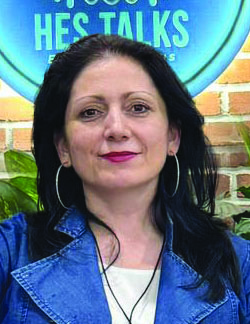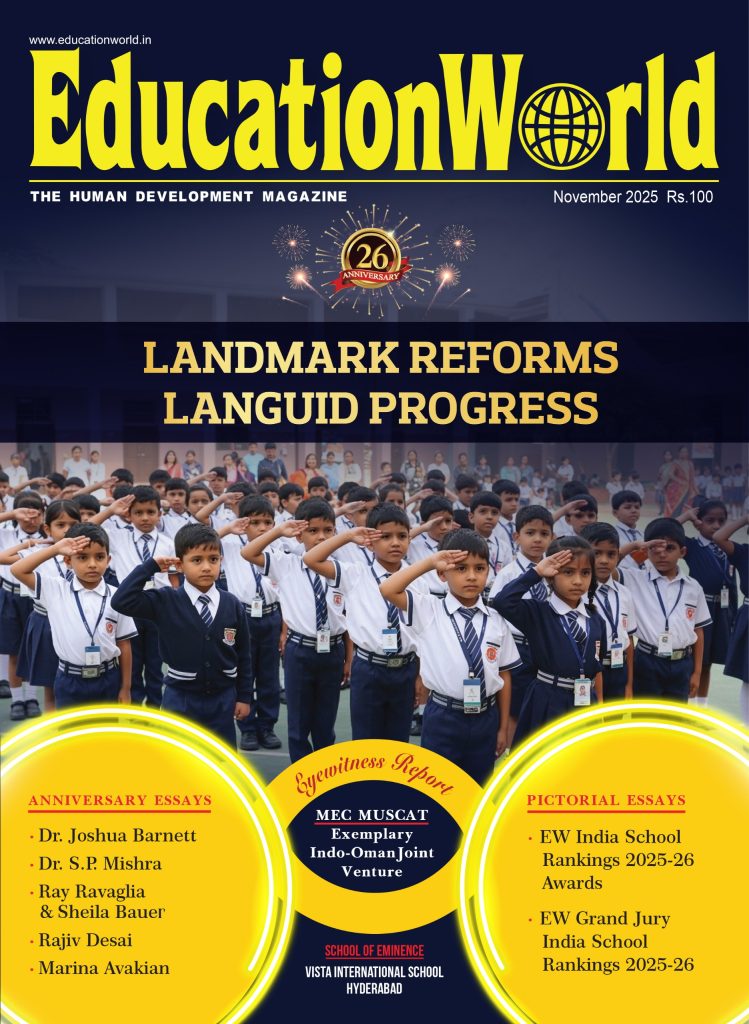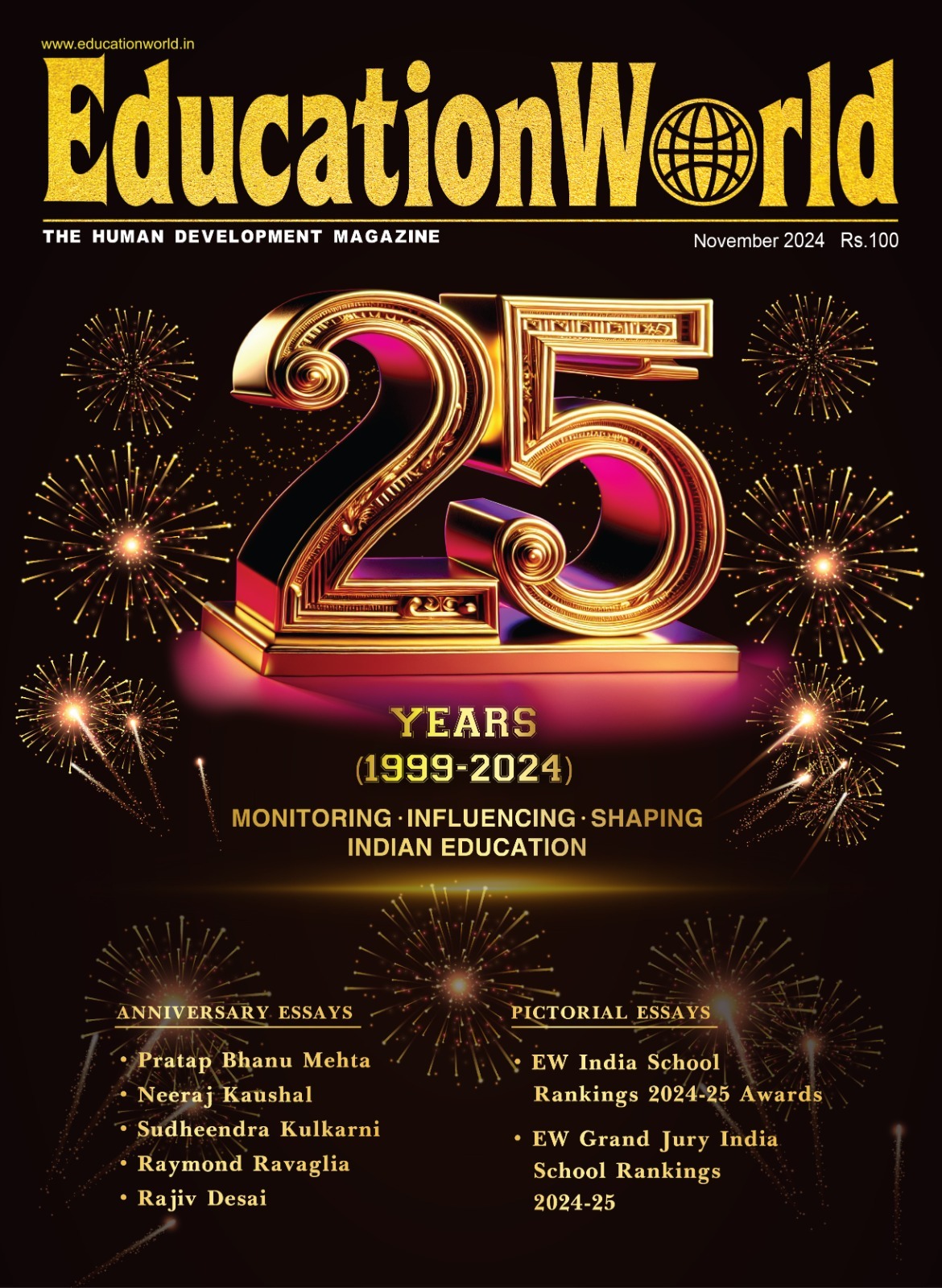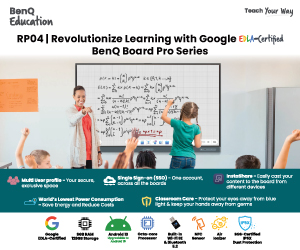HES: A new learning process
(Marina Avakian is the Ahmedabad-based Director of the Holistic Education System (HES) Program)
Today’s children must understand systems, recognise interconnections, collaborate, and adapt to an unpredictable future. This is where the Holistic Education System (HES) provides a new path

The world’s education system faces a deep contradiction. Teachers are preparing children for a future shaped by AI, environmental crises, and rapid change. Yet most classrooms still function as if it were the 20th century. Teachers deliver content, students memorise, and exams decide who succeeds.
But the skills children need today extend far beyond memorisation. Today’s children must understand systems, recognise interconnections, collaborate, and adapt to an unpredictable future. Unfortunately, no matter how hard teachers work within the current system, the structure limits transformation. This is where the Holistic Education System (HES) provides a new path forward. Rather than reforming existing pedagogies, HES proposes a new architecture of learning, now being implemented in classes I-IV at Anand Niketan International School, Ahmedabad.
The roots of HES go back more than two decades. In 2002, I joined the United Nations’ initiatives on education for sustainable development and co-authored the Declaration on Education for Sustainable Development, presented at international forums. Since 2007, we have piloted various sustainable development programs in several schools in India and Russia, experimenting with pedagogies and developing curriculum frameworks. In 2022, we began building HES as a full system, with a dedicated R&D (research and development) team designing the curriculum, providing teacher training, and presenting an implementation model. This year, the project was awarded First Prize in the 8th Global Competition for Design for Future Education (Enterprise Track), organised by Beijing Normal University and UNESCO IITE.
At the core of HES is a radical pedagogy: Learning=Teaching=Creating=Dialogue. In HES classrooms, every child is a learner and a teacher. Learning is not something students receive passively; it is an active process where they build knowledge by understanding concepts, asking questions, teaching, and sharing insights. The learning process is not directed by a single authority; it is co-created by both students and teachers. This shared responsibility creates a self-managed, collaborative environment where children take charge of their learning trajectory. The process also stimulates empathy, leadership, and reflective thinking.
HES is built around a comprehensive curriculum that includes textbooks and teaching material for classes I-IV. However, instead of presenting isolated facts, it offers dynamic, topic-based modules that reflect interconnected life systems. Children explore issues related to air, water, energy, time, change, and adaptation, examining how each element inter-connects. Rather than memorising disconnected information, children learn to discern patterns and processes. The focus is on developing critical thinking skills rather than rote learning.
Children learn to make connections, and navigate complexity. Each lesson requires exploration, helping students to become open-minded rather than rushing toward fixed answers. One of the key HES innovations is the Author’s Lab, a new English language learning process that encourages children not only to read stories but write their own. From early age, children learn to construct narratives, develop characters, initiate dialogue, and explore stories, essays, reviews, and interviews. We shift children’s focus from being mere readers to becoming writers. Literary theory melds into the curriculum as a practical tool for creative expression. Children develop capability to use language for self-expression, comprehension and meaningful dialogue, and embrace creativity as the core focus of their English learning classes.
Moreover we have integrated science and humanities into a cohesive course, which includes a Sustainable Cities Project as a creative and practical tool for developing future-oriented, active mindsets. Within this project, students ideate their own cities, designing housing, transportation, green spaces, and resource systems while applying concepts from energy, water, and human impact studies. As they build cities, they simulate real-life scenarios, such as managing pollution, conserving resources, and planning for community well-being. Students work in teams, negotiate roles, and make decisions, often confronting ethical dilemmas about development versus sustainability.
For teachers, a shift to HES pedagogy requires a fundamental mindset and practice change. In this system, teachers transform into facilitators, guiding students to take charge of their own learning. Instead of controlling children, teachers stimulate autonomy, creativity, and dialogue. Each class operates on a self-management model with students collaboratively planning tasks, leading group work and reflecting on challenges. This pedagogy prepares students not only for exams but also for life beyond school.
Contemporary children need more than content delivery; they need new pedagogies that enable them to build knowledge. The HES system provides new learning architecture that promotes engagement and collaboration. The crucial question is: Are we ready to change traditional pedagogies and teaching-learning systems so children can radically transform their learning experience?

















Add comment